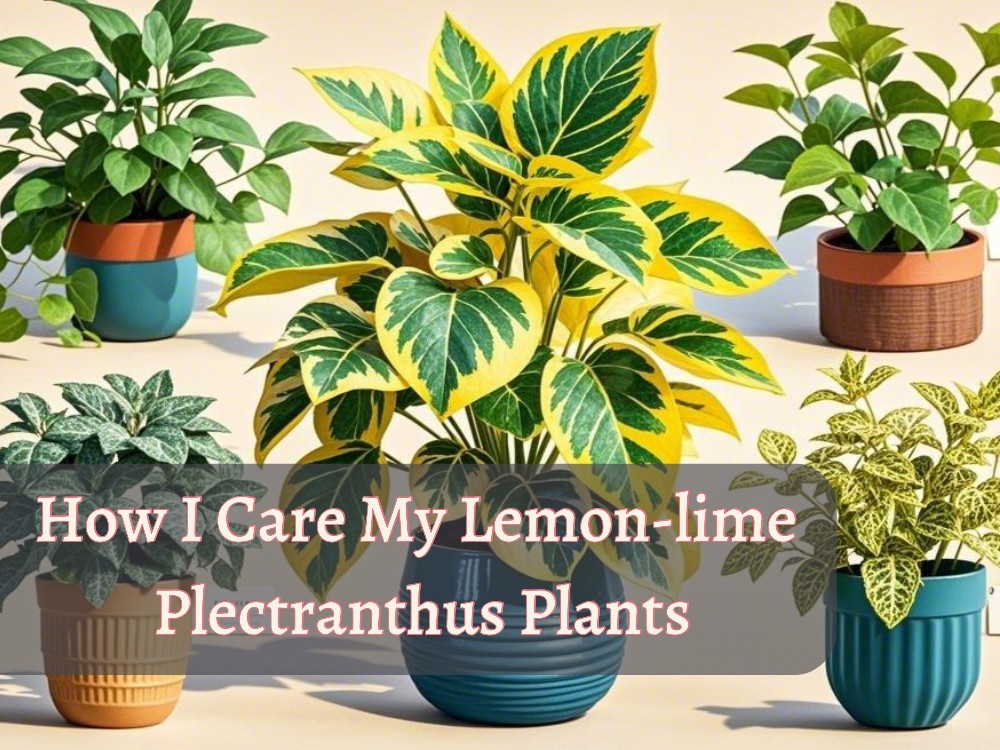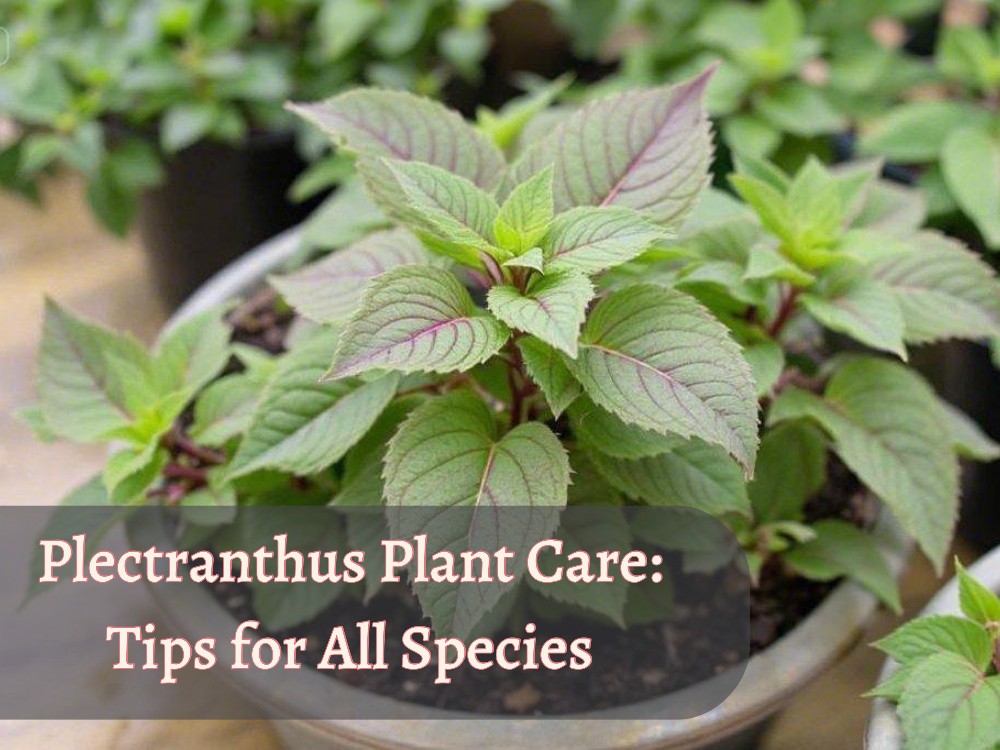Having a fruit tree at home is something almost everyone dreams of, but before planting, the most important step is choosing the right one for your climate.
Don’t worry! Florida’s heat and moisture aren’t a problem for several fruit trees; they’re a blessing. With the right fruit trees to grow in Florida, your backyard can become a tropical paradise of snacks.
Once you plant a Florida-friendly fruit tree, you’ll want to step into your garden every morning to check what’s ripe and ready.
I always consider the connection between any plant and its climate. That inspires and forces me to write about growing any plant in a specific environment.
So, let’s begin this patience journey of planting fruit trees in Florida (with USDA zones 8b to 11a).
Fruit Trees in Florida: What Things Matter Before Planting
It is common sense that each plant is influenced by the environmental factors of that specific climate. The results may vary based on different varieties and care maintenance.
That’s why, before digging soil for any plant, the first consideration is choosing the right fruit tree according to your climate. We can not change our states and climate, but we can change our choices regarding plants😎.
Keeping in mind that principle, your first step should be to understand “which fruit trees will grow best in Florida’s climate.”
And the next thing will be the right planting time that keeps changing based on Florida’s state and propagation method.
Actually, fruit trees have long-term growth, and with the right climate and maintenance, they can give unexpected harvests, filling your garden with juicy fruits.
So, before thinking of a backyard garden, you must see how long the growing season and frost dates are in Florida.
What Fruit Trees Grow Best in Florida? 4 Top Options
Florida is often known for its hot summers and mild winters, making a subtropical climate in the north and a tropical climate in the southern parts.
Many fruit trees enjoy the heat and even the humidity of East Florida; three of them 3 options are described below. This content will be changed over time, with other best fruit tree options for Florida.
Only knowing the fruit name is not enough; the right sub-variety also matters. So, keep reading and discover which variety of which fruit tree grows best in YOUR Florida.
I have linked growing guides for each fruit tree, so you can easily see how that fruit tree actually grows. Keep checking the last section of each fruit tree to navigate the right planting time and growing method……
1-Peaches “Florida Grande” “UF Sun” “Florida Prince”




Peach trees are popular fruit trees in Florida, especially in the central and northern regions, where low-chill varieties thrive in the state’s mild winters.
Peaches can grow more successfully in north Florida, but the central to southern parts demand specific varieties and careful attention.
ECO Tree Experts also says that peaches start struggling in South Florida. However, growing the right peach variety that is specially made for the Florida climate makes this possible.
Actually, it happens due to chilling requirements for peaches that may not be available in USDA zones 9, 10, and 11 of Florida. That’s why variety choices become crucial in Florida.
Best Peach Varieties for Florida
According to the Florida Agriculture source, low-chilling peach varieties are recommended in the whole of Florida, including Florida Prince, Florida King, Tropic Beauty, Tropic Snow, and Tropic Sweet.
For the eastern coastal area and the southern parts, Florida Grande, Florida Prince, Tropic Prince, and UF Sun are the best options for successful growth.
When and How to Plant Peaches in Florida?
Whether buying a grafted peach tree or growing it from seed, always choose recommended low-chilling varieties.
A grafted tree gives fast production, usually within 2 to 4 years; however, seed-grown trees may take 3 to 5 years, but with strong climate adaptation.
Just sow peach seeds at the right time, which may vary based on location, even in Florida, based on its frost dates and seed stratification method. (Here’s when to sow peach seeds in Florida)
2-Pears “Floridahome” “Hood” “Orient”




Pear trees are reliable fruit trees in Florida, with low-chill varieties like Flordahome and Pineapple thriving in the state’s warm, humid climate.
The University of Florida’s IFAS Extension notes that pears are not well-suited for the whole of Florida. However, some low-chill pear varieties grow well here, and that too with little attention.
Pear trees also require chilling periods to bring fruit, but their chilling requirements may be less than peaches.
Most pear varieties grow best in north to central Florida, while for the east coastal and southern areas, smart variety selection is necessary.
Best Varieties for Florida
Kieffer pears give good results in North Florida. But if you’re planting in Central Florida, you’ve got a wider selection: Baldwin, Carnes, Pineapple, Tennessee, and yes, Kieffer makes the list too.
For South and coastal Florida, where winters are mostly warmer with high humidity and risk of “fire blight” on pears, hybrid varieties, such as “Floridahome” and “Hood Orient,” are recommended.
According to Southern Living, some Asian varieties, including Shinko, Korean Giant, Ya Li, and Chojour, are also well-suited for South Florida.
When and How to Plant Pears in Florida?
First, select a low-chilling pear variety and then decide how to plant. A grafted pear tree is normally available in your local nursery and may produce fruit within 3 to 5 years.
However, you can also grow pears from their tiny browny seeds that may develop a more resistant pear plant.
Just sow pear seeds at the right time, which varies based on the last frost date in Florida. Here’s when to sow pear seeds in Florida.
3-Figs “Celeste” “Brown Turkey” “LSU Purple”




Fig trees make excellent fruit trees in Florida, growing especially well in the northern and central regions where varieties like Celeste and Brown Turkey adapt to the humid climate.
Fig trees generally thrive in Florida’s warm and humid climate, which makes them a popular choice for home gardeners, especially in southern regions.
Unlike peaches or pears, figs don’t need winter chill hours to produce fruit, and most common varieties like ‘Celeste’ or ‘Brown Turkey’ don’t require pollination either.
However, Florida’s high humidity, especially in coastal areas, can lead to fungal issues like fig rust. Also, northern Florida gardeners should be ready to protect young trees from occasional frost.
Best Fig Varieties for Florida
While many gardening sources, including HGTV, describe figs as cold-hardy, other experienced growers like FigBoss suggest that fig trees may struggle in parts of Florida due to persistent moisture and disease pressure.
If you’re planting a fig tree in Florida, it’s best to choose disease-resistant varieties, such as ‘Celeste’, ‘Brown Turkey’, ‘Ischia’, ‘LSU Purple’, and Chicago Hardy’.
When and How to Plant a Fig Tree in Florida?
Taking hardwood cutting from an existing fig tree is the most reliable method. However, you can also buy a fig tree from any nursery in Florida.
(Here’s how to take a fig tree cutting with just 5 key steps.)
Before going to fig cutting, make sure to do this at the right time, which varies based on the dormant stage of the fig tree and your local climate. (Here’s when to take a fig tree cutting)
If you are growing varieties like Celeste or Brown Turkey, expect ripe figs between July and September, depending on how well the tree is cared for.
4-Loquat “Big Jim” “Vista White” “Early Red”

Loquat trees are unique fruit trees in Florida, thriving in the state’s subtropical climate and producing clusters of sweet, tangy fruit even in mild winters.
Florida’s warm, subtropical climate is a perfect match for loquats—this fruit tree thrives under the Sunshine State’s mild winters and long growing seasons.
They can tolerate light frost but need protection from prolonged cold.
- North Florida: Best for cold-hardy varieties like ‘Champagne’ and ‘Advance’; requires planting after frost risk has passed.
- Central Florida: Ideal for both ‘Gold Nugget’ and ‘Big Jim’, with planting starting in late February to early March.
- East Coastal Florida: Offers great conditions for ‘Big Jim’ and ‘Vista White’; plant from late February to mid-March.
- South Florida: Almost frost-free, allowing year-round planting from February onward; ‘Early Red’ and ‘Big Jim’ produce excellent harvests here.
When and How to Plant Loquats in Florida?
In Florida, loquat seeds germinate best when soil temperatures are between 18–24 °C, which is usually available from February to March.
Fall sowing is also possible, whether you live in part of Florida. Just try to keep growing conditions better as recommended by experts.
Check details here to know most right planting time for loquat seeds in Florida. Also, read the five steps to sow loquat seeds for a patience-filled harvest after 8 to 10 years. However, if you are going to graft and bud, choose the time accordingly.
Fruit Trees to Grow in Florida?: Growing Situations
| Fruit Tree | Best Zones in Florida | Recommended Varieties | Special Notes |
|---|---|---|---|
| Peach | North, Central, limited South Florida | Florida Grande, Florida Prince, Tropic Beauty, UF Sun, Tropic Sweet | Needs low-chill varieties; struggles in zones 10–11 without care |
| Pear | North and Central Florida; limited coastal/south with hybrids | Floridahome, Hood, Orient, Kieffer, Baldwin, Pineapple, Shinko (Asian) | Needs chill hours; prone to fire blight in warm humid areas |
| Fig | Statewide (zones 8b–11a); best in South & Central Florida | Celeste, Brown Turkey, LSU Purple, Ischia, Chicago Hardy | Most are self-pollinating; prefers dry roots, protect from fungal rust |
| Loquat | North, Central, and parts of South Florida | Advance, Victory, Big Jim, Gold Nugget | Thrives in subtropical climate; tolerant of mild frost; harvests early spring |
Quick Look: Best Fruit Trees to Grow in Florida
Every fruit tree needs a different level of care. Some need less attention, some need a little more. We’re working on simple care guides for each fruit tree to help you grow healthy trees and enjoy more fruits. Stay with us, more helpful tips are coming soon about more fruit trees to grow in Florida.
Now let’s talk about choosing the right fruit tree to grow in Florida:
Grafted trees grow just like the original tree. They give the same kind of fruit and grow in the same way.
Seed-grown trees can turn out a bit different, especially if they come from hybrid plants. If you’re planting a hybrid variety, it’s best to buy F1 seeds. But overall, choosing a grafted tree is a safer and smarter option for most gardeners.






